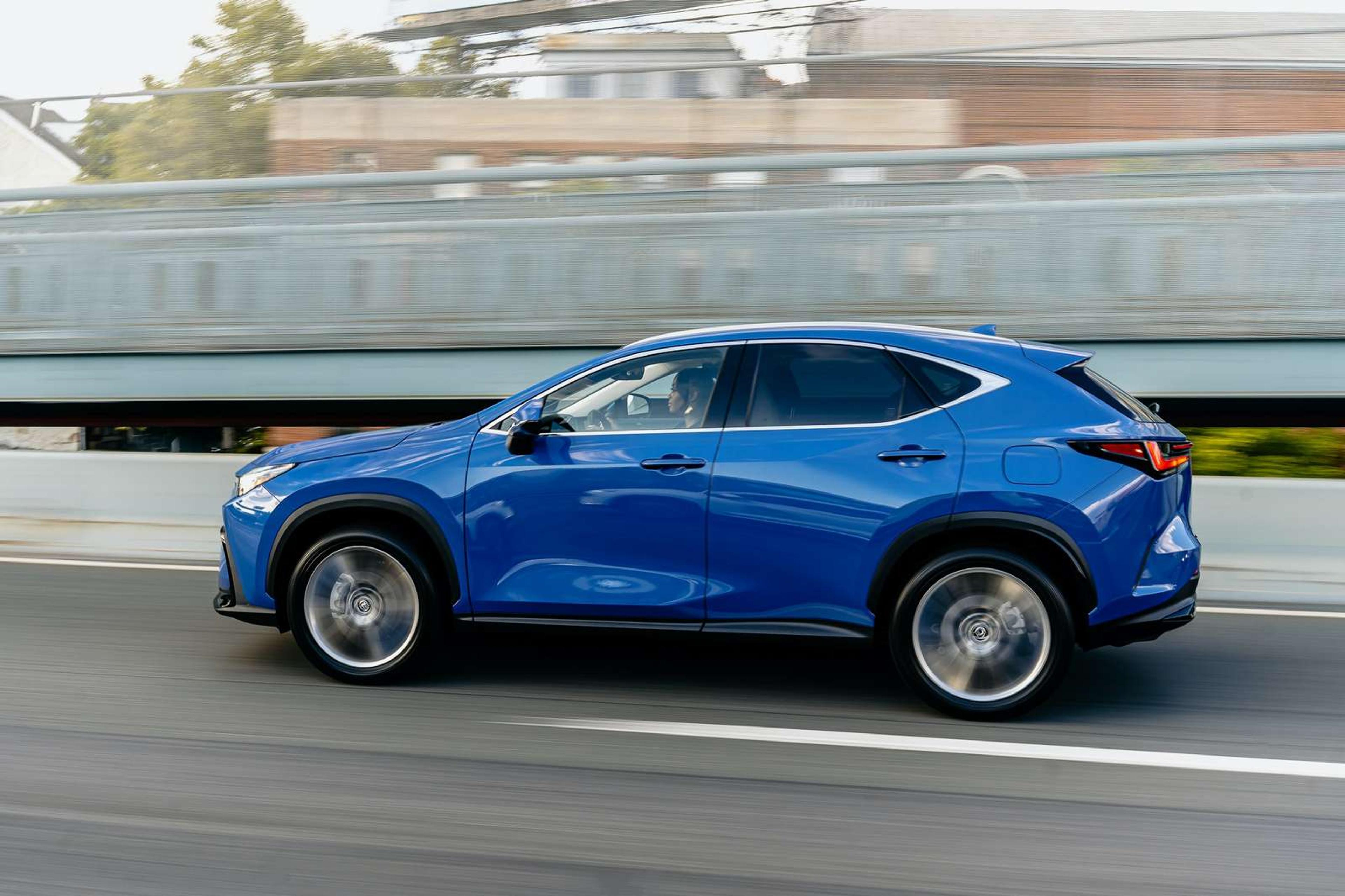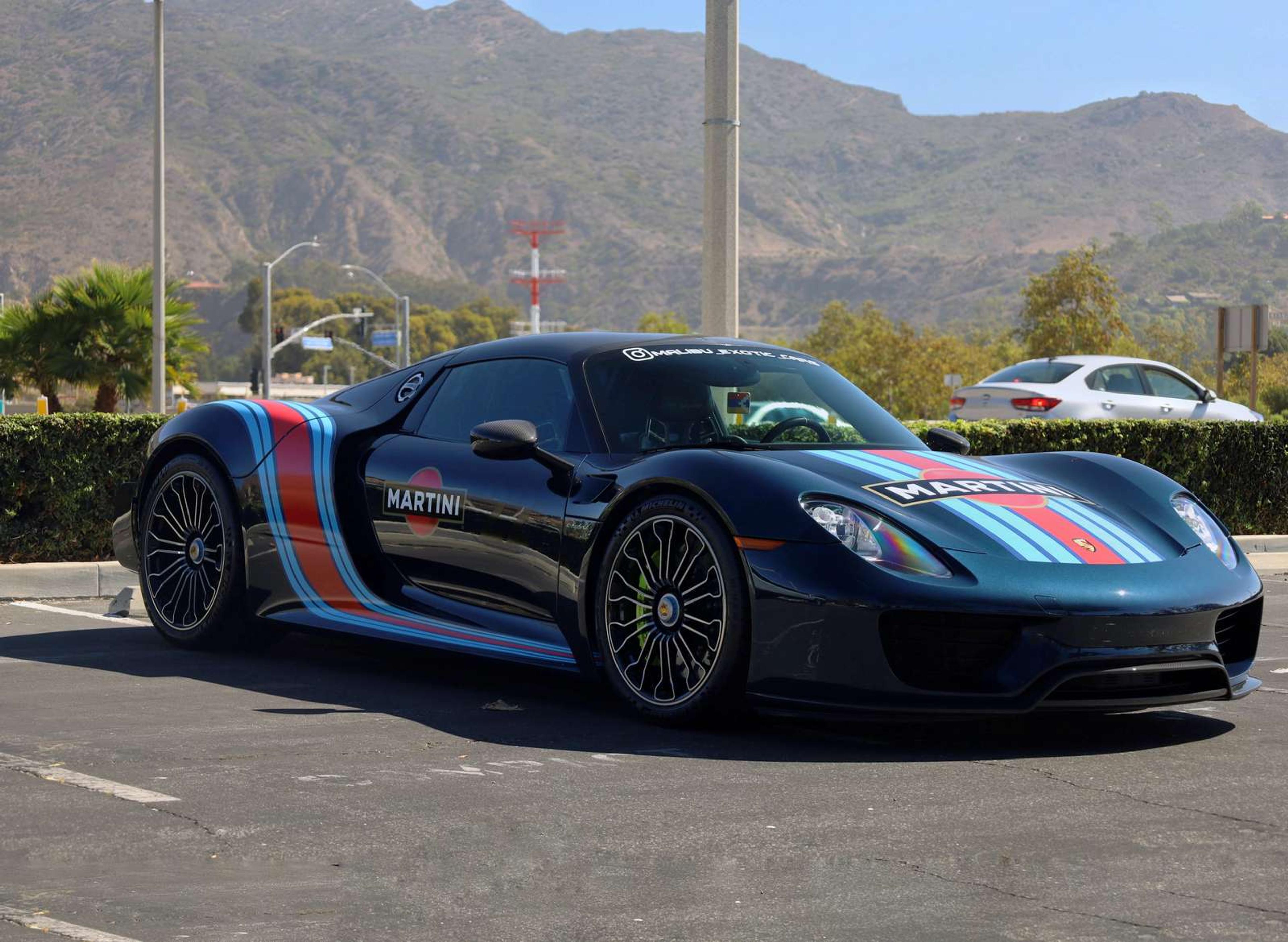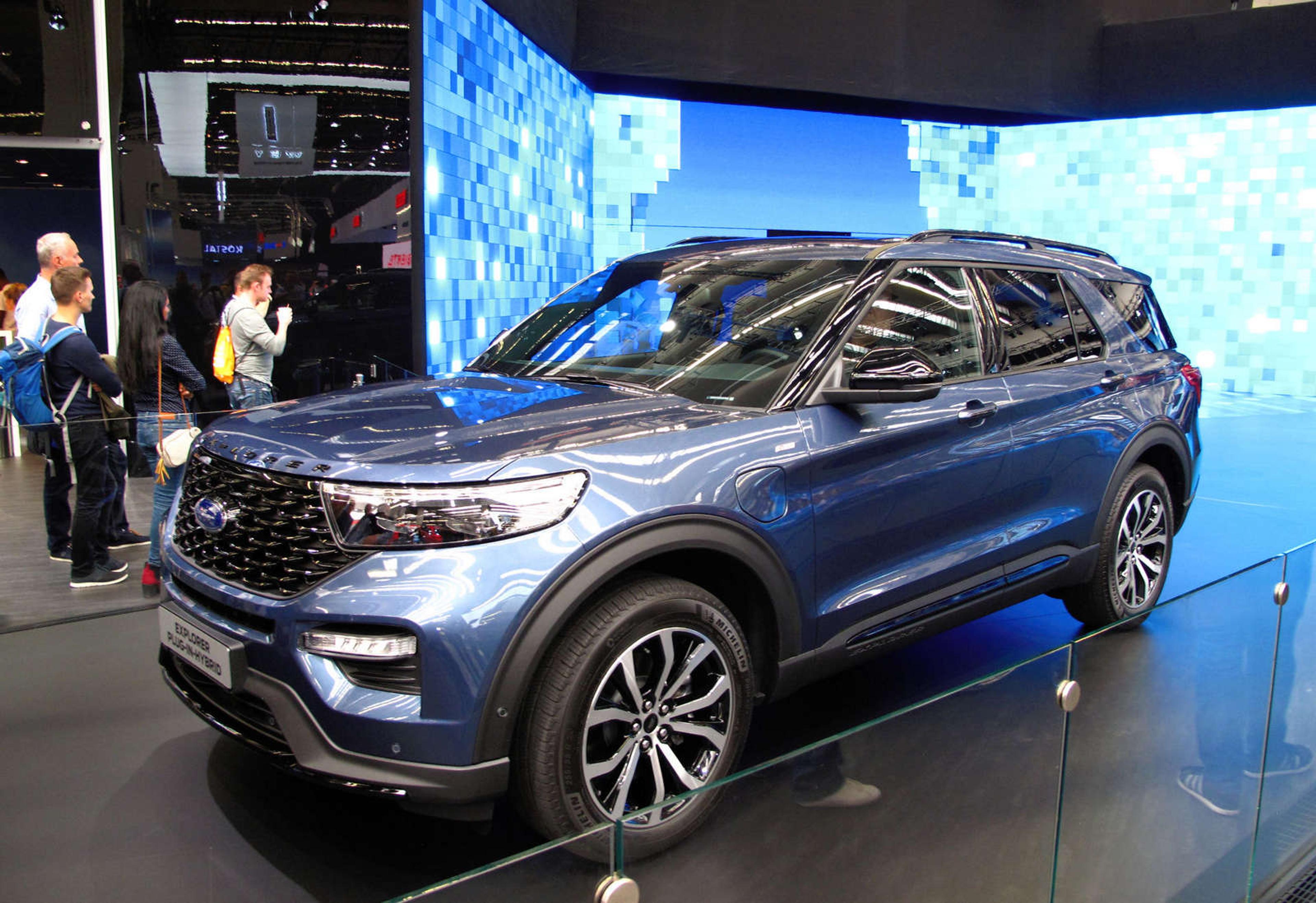26/09/2023
Pros and cons of hybrid cars: A comprehensive look

Aivaras Grigelevičius

Since the beginning of hybrid cars, manufacturers have always emphasized their exemplary fuel efficiency and lower carbon emissions.
However, are these the only features you should consider when buying a more expensive, even the best hybrid car in the world? What about some potential drawbacks?
Let's make your buying decision easier by reviewing the pros and cons of hybrid cars.

Used cars have dark secrets
Reveal them all! Just enter a VIN code and click the button:
What are the benefits of hybrid cars?
Traditional vehicles with an internal combustion engine have been perfected over the course of ~100 years. However, you couldn’t really use fuel efficiency, low running costs, and muscly dynamic abilities in the same sentence until more advanced hybrid cars emerged in the crowded market.
Thanks to the seamless integration of petrol and electric motors, modern hybrid cars truly exhibit dual personalities, making them exceptionally well-suited for diverse environments.
Let's explore the biggest advantages provided by hybrid vehicles.
Improved fuel economy by regenerative braking

It's widely acknowledged that self-charging hybrids, when compared to their internal combustion engine counterparts, demonstrate greater efficiency in similar road conditions. Hybrid cars generally deliver a fuel consumption reduction ranging from 10% to 40%, with their highest efficiency achieved in urban environments.
In the low-speed, congested city streets scenarios, where cars often stop at junctions, crossings, and spend time in traffic jams, the ability of self-charging hybrids to solely rely on the electric motor for a certain period of time greatly contributes to reducing average fuel consumption.
Moreover, by utilizing regenerative braking in urban areas (e.g., when coasting downhill or approaching traffic lights), the hybrid's battery can recharge itself. As a result, there's no need to worry about how to charge a hybrid car, as the magic happens while you're driving.
Reduced emissions
According to the study conducted by Emissions Analytics, the environmental benefits of hybrid cars are evident through a significant average reduction in emissions of approximately 20% compared to conventional petrol-powered vehicles.
By adopting a hybrid powertrain, the average carbon dioxide (CO2) emissions are reduced by 65 grams per kilometer (g/km).
Furthermore, the advantages extend to plug-in hybrids, where emission reductions range between 43 g/km and 210 g/km, depending on the extent to which the plug-in capability is utilized. This variance highlights the potential for even greater emissions reductions when the electric powertrain is actively engaged.

Tax incentives and government rebates
The increasing market share of hybrid cars has prompted adjustments in subsidy levels and regulations governing eligibility for certain tax incentives and government rebates.
It means that if your buying decision is based on tax breaks and additional subsidies from the government, a self-charging hybrid may not be a viable option. However, the situation is quite different when compared to much more expensive plug-in hybrids since they are eligible for decent government subsidies.
Improved performance and acceleration
Car manufacturers often leverage the advantages of electric motors to decrease emissions and enhance fuel efficiency. However, an additional electric motor also helps improve overall performance and acceleration.
Electric motors, known for their instant response to driver inputs, help minimize the delay before the combustion engine ignites all cylinders. This reduction in delay leads to improved acceleration, resulting in a faster car.
While the performance difference may not be significant, even the slight power surge from the electric motor contributes to a much smoother driving experience.

While self-charging and plug-in hybrids use lithium-ion batteries, they do require different approaches when it comes to maintaining their battery packs.
As the name suggests, the battery pack in a self-charging hybrid constantly charges and discharges, similar to a smartphone. However, unlike smartphones, the battery pack in a self-charging hybrid doesn't require replacement after a few years of ownership.
Most battery packs can last between 100,000 and 200,000 miles, so there's generally no need to worry about how long batteries last in a hybrid unless you are purchasing a heavily used vehicle.
The story is different with plug-in hybrids. Due to their larger battery packs, it is advisable to maintain them similarly to electric cars. In colder temperatures, it’s recommended to avoid fully depressing the accelerator and allow the vehicle and its battery to warm up gradually.
Additionally, it is recommended to charge the battery of a plug-in hybrid to approximately 80% capacity each time as part of regular maintenance.
What are the downsides of having a hybrid car?
Despite their appealing features, hybrid cars have some drawbacks that may diminish their desirability. Let's examine what are the most significant ones.
Higher upfront cost
The price tag of hybrid cars remains a major determining factor when considering whether or not to buy one. However, let's take a practical perspective and delve into the implications of the price disparities between these vehicles.
The Toyota RAV4, equipped with a conventional internal combustion engine, has a starting price of $28,275, while its hybrid counterpart begins at $31,255. This translates to an approximate $3,000 difference, which may not be substantial if you plan to lease the vehicle. However, the question remains whether the hybrid option is truly worth it.
According to the manufacturer, the non-hybrid RAV4 achieves a highway mileage of 35 MPG, while the hybrid variant offers 38 MPG. With such a minimal disparity in fuel economy, the annual savings amount to approximately $100, which diminishes the financial advantage of choosing the hybrid option.

On the other hand, if your primary driving takes place in urban areas, the hybrid option becomes considerably more appealing. In urban settings, the conventional RAV4 achieves a fuel consumption rate of 27 MPG, whereas the hybrid model boasts an impressive 41 MPG.
This significant disparity leads to substantial fuel savings, amounting to approximately $550 per year. As a result, the hybrid vehicle's higher upfront cost can be offset, and the break-even point for the purchase can be reached in approximately 5 years.
Limited availability of models and options
Although not every model currently available in the market offers hybrid power, there's a noticeable global trend among car manufacturers to incorporate hybrid drives into larger SUVs.
This is primarily due to the fact that the additional battery and other components of the hybrid system have a minimal impact on the handling, dynamics, and overall driving comfort of these larger vehicles. However, when it comes to finding a compact and affordable hybrid vehicle that ticks all your boxes, it can be quite challenging to locate the perfect option.
Potential for decreased reliability
The reliability of hybrid cars should be assessed on a brand-by-brand basis rather than a general evaluation. While it may initially appear that the components in all hybrids are identical since they serve the same purpose, this assumption is incorrect.
Toyota, having pioneered and refined hybrid powertrains since the early 2000s, stands out as the most advanced in this domain. Consequently, Toyota's hybrid systems are widely regarded as the most reliable in the market.
However, other manufacturers such as Audi, BMW, Ford, Kia, Jaguar, Honda, Hyundai, and others may encounter varying issues of different magnitudes. These can range from software glitches that impact hybrid drive control to faults in the hybrid drive components.
Limited all-electric range for some hybrids
Although plug-in hybrids may seem promising in terms of their ability to cover a certain distance using purely electric power, the actual range achievable in electric mode can often be disappointing for many drivers.
An increasing number of car models are emerging in the market, claiming to have a range of 50 or 60 miles on a full battery charge. However, it is essential to maintain a skeptical mindset regarding these figures.
Hybrids with larger batteries are typically found in heavy SUVs, which inevitably leads to higher energy consumption, even under ideal conditions. This becomes especially noticeable when the air temperature drops below zero.
So, before becoming fixated on the advantages of plug-in hybrids, it is crucial to thoroughly understand their disadvantages.
How to choose a hybrid car?

The simplest and easiest way to choose a hybrid car is to evaluate them by three key criteria: the manufacturer's warranty, the cost and frequency of scheduled servicing, and the overall price of the vehicle.
After narrowing down your options to at least three potential candidates, it's essential to take each car for a test drive. This hands-on experience will allow you to evaluate how well each vehicle meets your criteria and suits your specific needs.
Engines types of a hybrid car
In all hybrid cars, a combination of a petrol engine and an additional electric motor is at the core of their design. The petrol engine takes on the primary load and plays a central role in the hybrid system.
On the other hand, electric motors, available in various capacities, act as auxiliary components, supporting the internal combustion engine's function or occasionally taking over its operation when needed.
Types of hybrid cars
You can find three distinct types of hybrid cars on the car market today, each with its own specific characteristics. Let's take a closer look at these different hybrid options.
Mild-hybrid
When considering a hybrid car, it's crucial to steer clear of the mild-hybrid models.
These hybrids feature a small electric motor that primarily aids the engine during startup and helps fill in turbocharger gaps. Essentially, they are traditional petrol engines with an additional form of electrification.
While mild-hybrids may be the cheapest option available, they are also the least efficient in terms of fuel consumption.
Self-charging hybrid
Currently, the self-charging hybrid car is the most popular and affordable choice among hybrid vehicles. It also represents the most logical option as it allows continuous operation using either the petrol engine, electric motor, or a combination of both.
This unique capability plays a vital role in significantly reducing CO2 emissions and fuel consumption. In urban areas, where shorter distances are often encountered, the self-charging hybrid proves especially advantageous with its ability to utilize electric power for efficient driving.
Plug-in hybrid
In the classification of hybrid cars, the plug-in hybrid stands out as the most expensive option available. This particular type of hybrid car serves as a significant bridge between conventional hybrids and the higher-priced electric vehicles of today.
Plug-in hybrids operate on a similar principle as self-charging hybrids but possess a notably larger battery capacity and a dedicated charging socket for recharging the battery when it becomes depleted.
The electric range of a plug-in hybrid can vary depending on the size of its battery, enabling it to travel anywhere from 20 to 60 miles solely on electric power. With the continuous advancements in battery chemistry, it is highly likely that this range will further increase in the upcoming years.

Check your VIN
Avoid costly problems by checking a vehicle's history. Get a report instantly!
Frequently asked questions

Article by
Aivaras Grigelevičius
Aivaras has been excited about cars since he was a little kid. Later, this passion for drivable objects (and everything that surrounds them) grew into work as an automotive journalist. Since then, Aivaras has written for several different magazines, covering anything with an accelerator pedal. He has a soft spot for cars with an Alfa Romeo badge.
